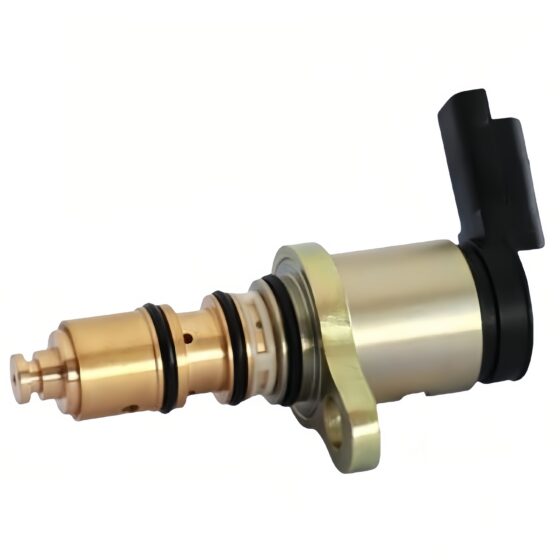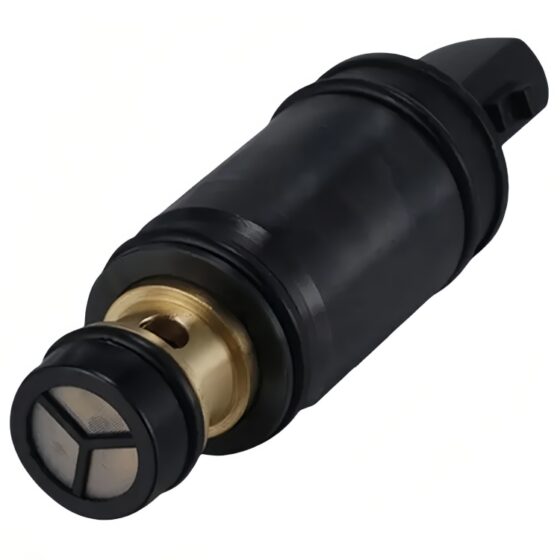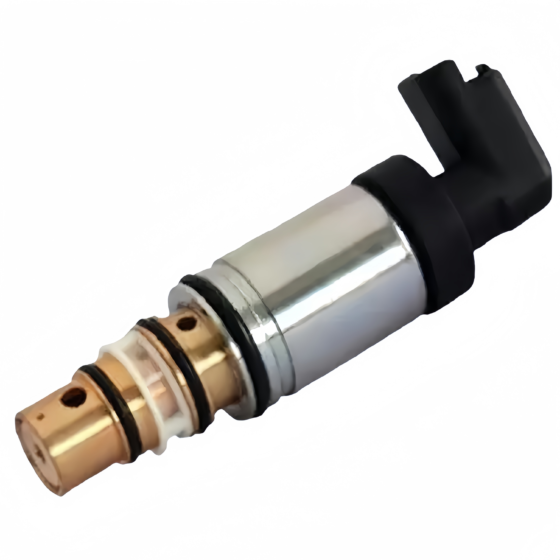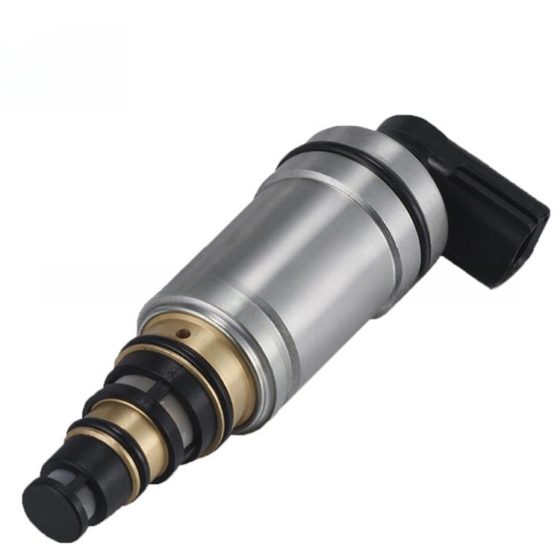주차 에어컨은 실내 에어컨의 일종입니다. 이 장치는 차량에 장착된 배터리 DC 전원 공급 장치의 사용을 나타냅니다 (12V/24V/36V) 주차 중 에어컨을 지속적으로 작동하기 위해, 기다리기, 그리고 휴식, 그리고 온도를 조정하고 제어하기 위해, 습도, 유량, 및 차량 내부 주변 공기의 기타 매개변수, 트럭 운전자의 편안한 냉각 요구 사항을 완벽하게 충족. 자동차 배터리의 배터리 용량이 제한되어 있고 겨울철 난방에 대한 사용자 경험이 좋지 않기 때문입니다., 주차 에어컨은 주로 단일 냉각입니다. 일반적으로 냉매 매체 운송 시스템이 포함됩니다., 콜드 소스 장비, 최종 장치, 그리고 다른 보조 체계. 주로 포함: 콘덴서, 증발 기, 전기 제어 시스템, 압축기, 팬, 및 배관 시스템. 최종 장치는 전송 및 분배의 냉기 에너지를 활용하여 객실 내부의 공기 상태를 구체적으로 처리합니다, 트럭 운전자에게 편안한 휴식 환경 제공.

Bus HVAC System
A heating, ventilation, and air conditioning (HVAC) system in a vehicle is used to control the internal temperature of the vehicle cabin. It includes three subsystems, namely, heating, cooling, and air conditioning, that work together to provide purified air to the vehicle cabin, ensuring thermal comfort to drivers and passengers. It controls the air temperature, inspects the moisture content in the air, and eliminates excessive humidity from the circulating air.The bus HVAC unit consists of the primary component unit that includes compressor, 콘덴서, 증발 기, pressure regulating devices, orifice tube, thermal expansion valve, receiver-drier, and accumulator. The compressor is considered the core component of the overall automobile HVAC system. The compressor helps in compressing and transferring refrigerant gas. A condenser is used to help radiate heat, when the hot compressed gases are introduced on the top of a condenser, they are cooled instantly and after the cooling is complete, they condense and exit from the bottom of the condenser as a high-pressure fluid. An evaporator is a heat absorber component of the HVAC system. The main purpose of an evaporator is to remove the heat from inside the vehicle and dehumidify the environment within it. Pressure regulating devices are meant for controlling the evaporator temperature by regulating the refrigerant pressure and flow into the evaporator.The bus HVAC market is segmented into type, vehicle type, sales channel, input, vehicle type by propulsion and region. By type, it is further divided into automatic, and manual. By vehicle type, the Bus HVAC industry is segmented into intercity buses that are subdivided into 9m, 10m, and 12m; coach buses that are further segmented into 9m, 10m, and 12m; school buses that are further segmented into 9m, 10m, and 12m, and transit buses that are further segmented into 9m, 10m, and 12m. By sales channel, the market is segmented into original equipment manufacturers, and aftermarket etc.
기술적 인 매개 변수
Micro-channel heat exchanger, 26% reduction in weight, 5% reduction in fuel consumption, heat exchange efficiency improved 20%, refrigerant charged 50% less, cooling capacity 10% larger.

100% DACROMET Anti-corrosion Coated Coil
800 hours salt spary test, suitable for harsh enviroment.
Patented CAN Control
Modular design, digital communication;PWM control module, evaporator fan stepless speed regulation; smart condenser fan control, cooling on demand.
Thermal Insulation Materials
Environmentally friendly, antiseptic, odourless and flame-retardant.
The working principle of bus air conditioning is similar to most household air conditioners, which transfer heat between indoor and outdoor through refrigerant circulation to achieve cooling effect. The air conditioning system consists of four main components: 압축기, 콘덴서, expansion valve, and evaporator. The refrigerant is compressed into high-temperature and high-pressure gas in the compressor, and then cooled by the condenser to release heat, becoming a high-pressure liquid. 다음, it enters the expansion valve and is cooled down by reducing pressure, becoming a low-pressure liquid. Finally, the refrigerant in the evaporator absorbs the heat inside the car and becomes a low-temperature and low-pressure gas, which flows back to the compressor for circulation. Bus air conditioning is mainly divided into three types: roof mounted air conditioning, trunk type air conditioning, and split type air conditioning. Among them, roof mounted air conditioning is the most common type, which involves hanging the air conditioning unit on the roof for cooling. The box type air conditioner is directly placed on the partition inside or outside the carriage, making it easy to install and maintain. Split type air conditioning separates the cold and heat sources, and uses matching evaporators and air conditioning units to achieve cooling and ventilation.
 쑤저우 Roger 자동차 부속 Co., 주식 회사.
쑤저우 Roger 자동차 부속 Co., 주식 회사.


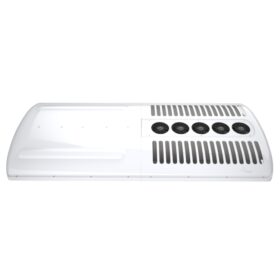


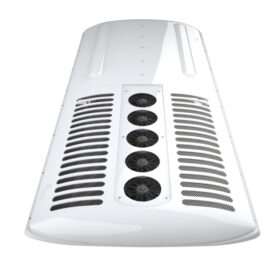

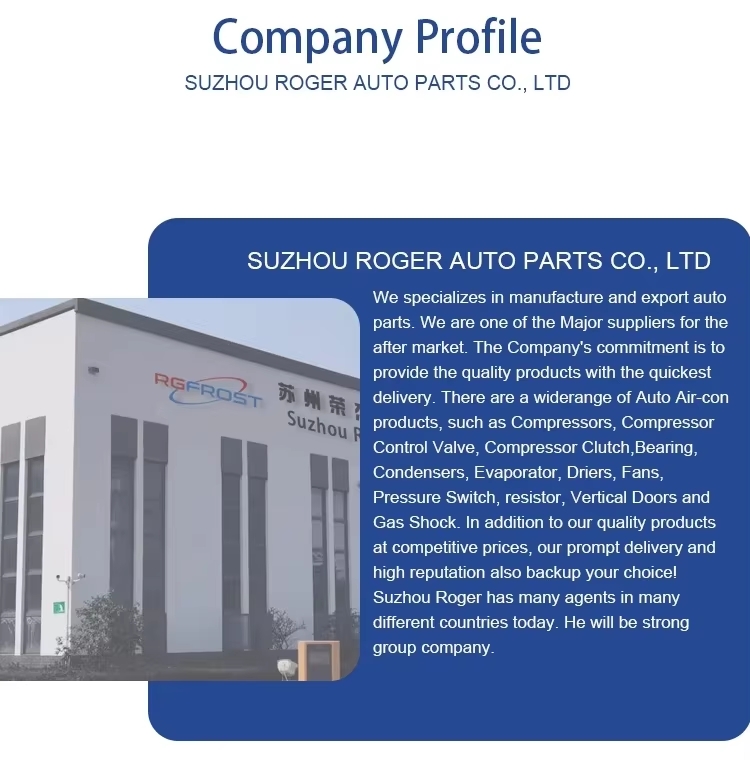
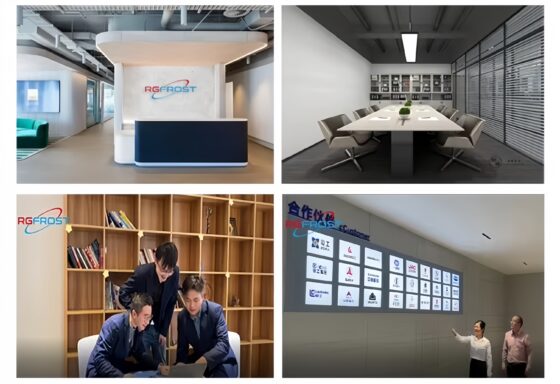
 우리 회사는 다년간의 업계 경험을 가지고 있습니다., 혁신과 우수한 서비스 품질을 핵심 경쟁력으로 삼고 있습니다., 고객에게 최고 품질의 제품과 서비스를 제공하기 위해 최선을 다하고 있습니다.. 업계의 선두 주자로서, 우리는 항상 고객 요구 지향을 고수합니다., 지속적인 기술 연구 개발과 공정 개선을 통해, 당사의 제품은 시장에서 뛰어난 경쟁 우위를 가지고 있습니다..
우리 회사는 다년간의 업계 경험을 가지고 있습니다., 혁신과 우수한 서비스 품질을 핵심 경쟁력으로 삼고 있습니다., 고객에게 최고 품질의 제품과 서비스를 제공하기 위해 최선을 다하고 있습니다.. 업계의 선두 주자로서, 우리는 항상 고객 요구 지향을 고수합니다., 지속적인 기술 연구 개발과 공정 개선을 통해, 당사의 제품은 시장에서 뛰어난 경쟁 우위를 가지고 있습니다..




